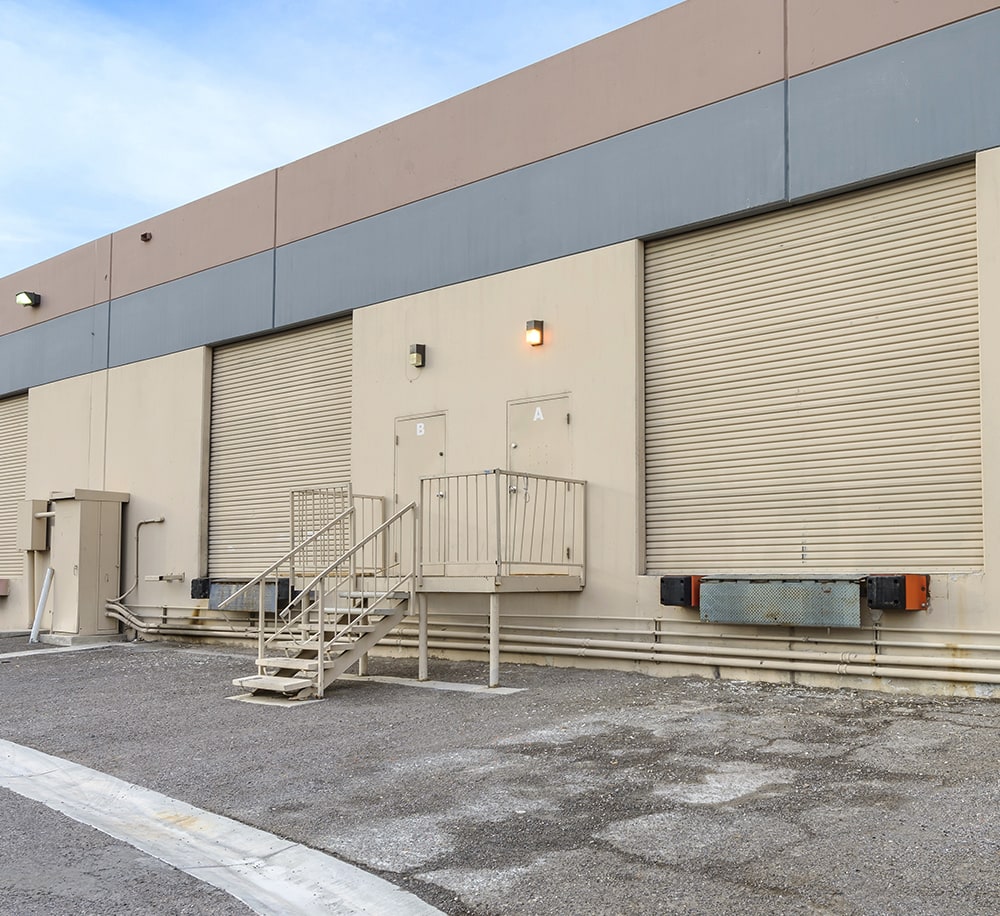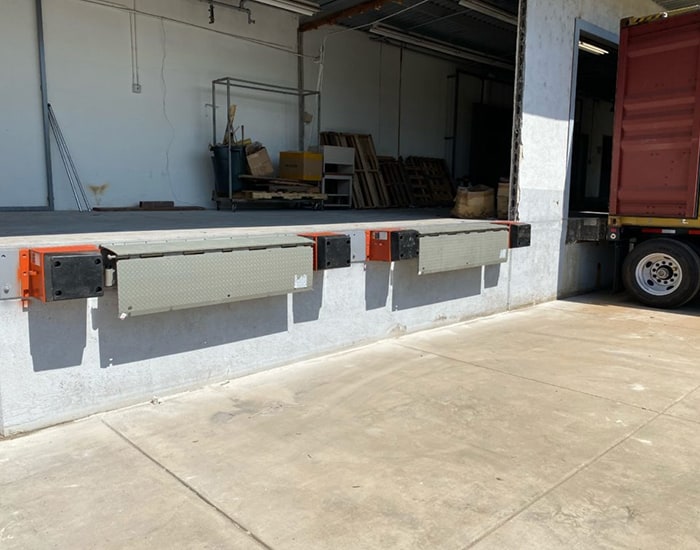Seasonal Preparations: When to Schedule Your Dock Repairs
Efficient Dock Repair Work Techniques: Guaranteeing Architectural Stability
Making sure the architectural integrity of anchors through effective fixing strategies is paramount for the durability and security of aquatic centers. This involves a multi-faceted strategy starting with comprehensive examinations utilizing advanced innovations like finder devices and from another location operated cars (ROVs) to discover both visible and hid damages. Consequently, choosing the right repair service materials, such as corrosion-resistant alloys and composite materials, is important for sturdiness. Architectural support approaches, including the application of cross-bracing systems and load-distribution plates, play an important role in mitigating tension points. Nonetheless, the relevance of these methods comes to be apparent when exploring innovative fixing approaches and preventative maintenance approaches.
Assessing Dock Damage
Evaluating dock damage is a critical initial action in ensuring the structural honesty and safety of any kind of docking center. Trick aspects to analyze consist of the dock's structure, pilings, decking, and hardware (Dock Repairs).
Structural designers or qualified examiners typically execute these evaluations making use of specialized techniques and devices. Undersea examinations may utilize sonar equipment or remotely ran automobiles (ROVs) to spot submerged damages. Over water, visual evaluations are enhanced by making use of moisture meters and various other diagnostic tools to discover underlying issues not immediately noticeable to the naked eye.

Deciding On Fixing Products
Selecting the proper fixing materials is a crucial action in the dock restoration process, one that straight influences the durability and efficiency of the fixed structure. Material selection should be driven by factors such as ecological conditions, load-bearing demands, and compatibility with existing dock parts. Timber is a typical selection for anchors due to its all-natural durability and visual allure. Nonetheless, picking the appropriate sort of timber, such as pressure-treated lumber or naturally rot-resistant varieties like cedar or teak wood, is crucial to endure aquatic environments.
Along with wood, composite materials are significantly prominent because of their sturdiness and low upkeep demands. Composites, typically made from a mix of plastic and wood fibers, supply exceptional resistance to rot, insects, and UV damage. For steel docks, choosing corrosion-resistant alloys such as galvanized steel or marine-grade light weight aluminum is crucial to avoid rust and ensure structural honesty in saline water conditions.
Epoxy materials and marine-grade sealers are essential for repairing fractures and securing joints, providing a water resistant obstacle and boosting the dock's total strength. By carefully choosing high-grade products, dock repairs can achieve resilient outcomes, thereby protecting against future destruction and ensuring secure, reliable use.
Structural Support Strategies
Effective structural support methods are vital in guaranteeing the stability and long life of dock repair services. This technique is particularly reliable for anchors subjected to heavy lots or extreme environmental address conditions.
An additional necessary method is the application of fiber-reinforced polymers (FRP) These materials supply high strength-to-weight ratios and outstanding resistance to corrosion, making them ideal for enhancing wood or concrete anchors. FRP can be used in sheets or strips and bound with epoxy resins to boost architectural stability.
Bracing and anchoring systems also play an important role in architectural reinforcement. Cross-bracing, making use of metal or wood beams, can combat side pressures, reducing persuading and movement. Anchoring systems, such as helical piers or driven heaps, supply a secure foundation by moving tons to much deeper, much more secure soil layers.
Finally, the integration of load-distribution plates can aid distribute weight a lot more evenly throughout the dock's surface area, alleviating local anxiety factors. These methods jointly guarantee that docks stay secure and robust, with the ability of holding up against the rigors of their functional environment.
Advanced Fixing Techniques

An additional advanced strategy entails underwater welding, which enables repair services to be conducted without the need to dewater the area. This technique is specifically useful for dealing with structural problems in immersed dock parts, making certain marginal disturbance to operations. Enhanced welding strategies, paired with robotic systems, deliver accuracy and integrity, thus extending content the lifespan of the dock.
In addition, cathodic security systems are executed to avoid deterioration in metal dock structures. By making use of sacrificial anodes or pleased present systems, these techniques effectively alleviate the electrochemical processes that lead to product degeneration.
Lastly, progressed surveillance innovations, such as structural health surveillance (SHM) systems, supply real-time data on the condition of dock structures. These systems enable aggressive upkeep and timely interventions, inevitably making certain the long-lasting structural integrity of the dock.
Upkeep and Prevention
Maintenance and avoidance are essential principles that underpin the durability and safety and security of dock structures. Normal evaluations are extremely important, enabling very early discovery of deterioration, possible weaknesses, and environmental influences. A proactive technique, involving routine look for corrosion, rot, and structural changes, reduces expensive repairs and extends the dock's functional life.
Preventive procedures need to include using safety layers to metal elements to defend against corrosion and using treated timber to withstand degeneration. Furthermore, making certain appropriate water drainage and ventilation can protect against water accumulation, which is a typical root cause of structural destruction. Incorporating high quality products and sticking to producer standards during building and fixing phases likewise play vital duties in enhancing toughness.

Training personnel in dock upkeep best techniques makes sure constant application of safety nets. Leveraging technical breakthroughs, such as drones for examinations and sensing units for real-time tracking, can even more enhance upkeep efforts. By prioritizing maintenance and avoidance, dock proprietors can make sure structural integrity, functional safety and security, and economical administration over the dock's lifespan.
Verdict
In conclusion, maintaining the structural stability of aquatic centers necessitates extensive dock repair methods. Advanced fixing strategies, coupled with regular maintenance practices, guarantee the dock stays risk-free and operational under diverse environmental conditions.
Making certain the architectural honesty of anchors via effective repair techniques is critical for the durability and security of marine facilities.Choosing the proper repair service products is an essential step in the dock remediation process, one that directly influences the long life and efficiency of the fixed framework.Effective structural support strategies are essential in making certain the security and long life of dock fixings. By prioritizing maintenance and prevention, dock proprietors can make sure structural integrity, functional security, and affordable management over the dock's life-span.
In verdict, preserving the structural honesty of marine facilities demands extensive dock repair strategies.